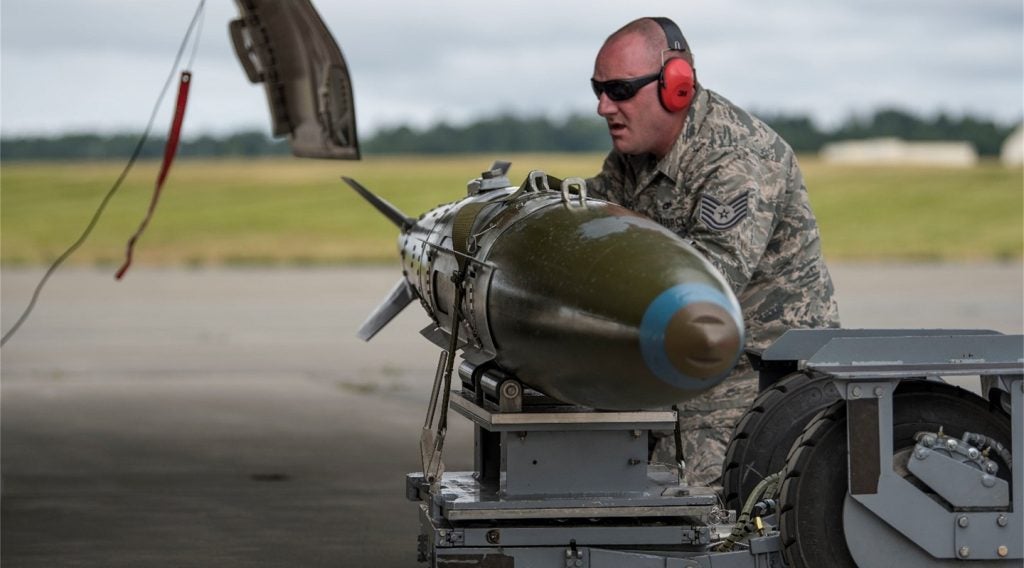
The US Air Force (USAF) has taken delivery of AMOLED display system prototype from Universal Display Corporation (PANL) and L-3 Display Systems (L-3 DS).
The systems are being validated with an aim for future use on a pilot’s knees in tactical cockpits.
L-3 Display Systems president, Bruce Coffey, said: ”This technology provides the warfighter with superior portable situational awareness due to its unmatched ruggedness, readability, and reduced size, weight and power, resulting in limitless product applications.”
Universal Display president and chief executive officer, Steven Abramson, said the collaboration has resulted in the development of advanced products that can improve pilots’ capabilities and their safety during flight, in turn benefiting a range of consumer display products in the future.
”OLED technology is driving a new, brighter era in thin, lightweight, and unbreakable displays,” Abramson said.
How well do you really know your competitors?
Access the most comprehensive Company Profiles on the market, powered by GlobalData. Save hours of research. Gain competitive edge.

Thank you!
Your download email will arrive shortly
Not ready to buy yet? Download a free sample
We are confident about the unique quality of our Company Profiles. However, we want you to make the most beneficial decision for your business, so we offer a free sample that you can download by submitting the below form
By GlobalDataThe AMOLED system is manufactured as part of the Air Force Research Laboratory low-power, direct-view flexible displays programme, designed to replace the traditional paper maps and checklists that are held on the pilot’s knee.
Featuring L-3 DS touch functionality, the knee-mounted display system is equipped with high-efficiency, full-coloured Universal PHOLED phosphorescent OLED materials and technology on a plastic substrate system.
The prototypes are rated at technology readiness level five, and use a 4.3in diagonal, active-matrix OLED display, which can alleviate the risks associated with the legacy glass-based displays.
PANL and L-3 DS have also delivered wrist-mounted communication devices featuring phosphorescent AMOLEDs built on flexible substrates, to the US Army Communications-Electronics Research, Development and Engineering Center (CERDEC), Army Research Laboratory and the Flexible Display Center for evaluation purposes.
Image: A schematic representation of an active matrix OLED (AMOLED) display. Photo: courtesy of www.universaldisplay.com.







